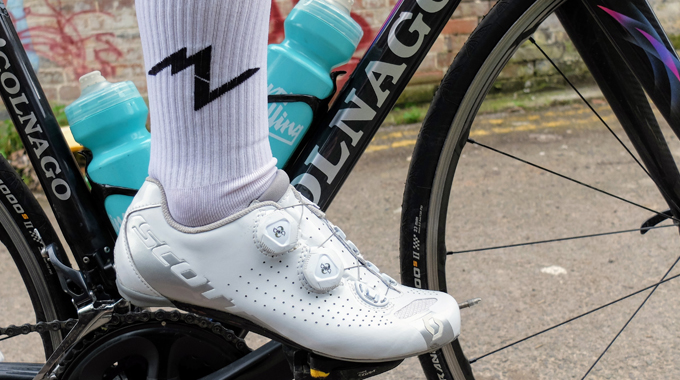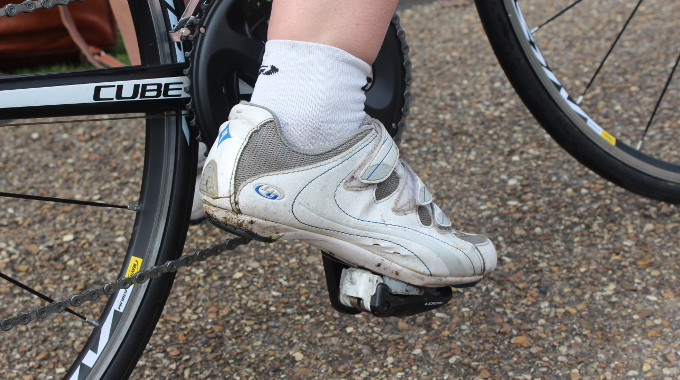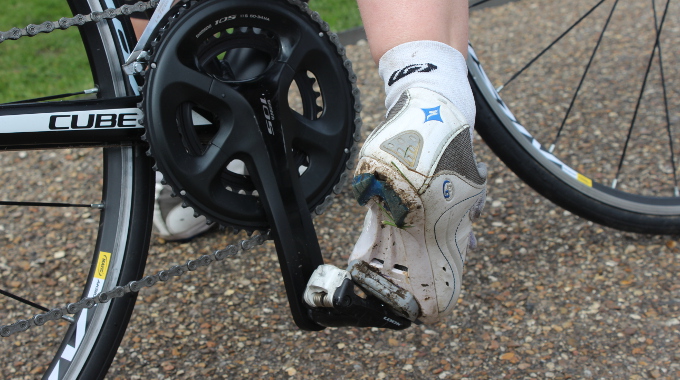For many riders, switching to clipless pedals is a rite of passage from casual to ‘proper’ cyclist. But while they have unarguable advantages, learning to use them presents a few pitfalls. We’re here to help you steer around them and having you clipping in like a pro in no time.
Making the move to clipless pedals – where your shoes are held in place by a sprung mechanism like a ski binding – is laced with fear and trepidation for most cyclists. Locking feet to pedals conjures images of imprisonment and a loss of control.
Most of this fear stems from the idea that you won’t be able to get your foot out of the pedal when it’s time to stop. It’s true that for people new to clipping in, a zero-speed fall is almost an inevitability. This type of fall happens when you’ve essentially stopped, and haven’t allowed enough time to unhitch your foot from the pedal.

Usually, the only way out of this fix is to get your foot out of the shoe. It’s never pretty. It’s always embarrassing. The worst injury is usually a bruise to your ego.
If you ask most cyclists that are using clipless pedals, they’ll probably tell you that they have experienced this rite of passage. If they haven’t, they know someone who has. I certainly have, and mine was even worse because I already had one foot out of the pedals. I fell to the side that was still locked into place. Classy.
The good news is that you can reduce the risk of having your own zero-speed experience. There is a way to make the switch to clipless without learning things the hard way






